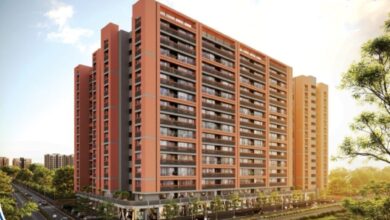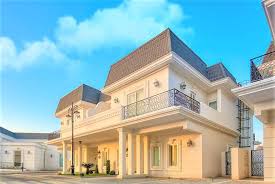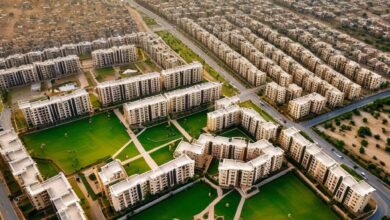How Net Zero Carbon Buildings are Defining a Greener Profitable Future
The Rise of Net Zero Carbon Architecture
The urgent call to combat climate change has resonated across industries, sparking a transformative movement toward sustainability. Among the most impactful shifts is the rise of Net Zero Carbon Buildings—a concept revolutionizing the construction and real estate world. These structures offer a blueprint for a future where our built environment exists in harmony with the earth’s ecosystem. This article delves into the significance of net zero-carbon buildings and their potential to redefine a greener and more profitable horizon.
The Concept of Net Zero Carbon Buildings
Net zero carbon buildings are structures designed with one key goal: to drastically reduce greenhouse gas emissions throughout their lifespan. But what does “net zero” truly entail? A net zero-carbon building generates enough renewable energy on-site to meet its operational energy requirements, effectively reducing its carbon footprint to zero. This feat is achieved through a symbiotic blend of cutting-edge design, energy-efficient technologies, and renewable power sources.
The fundamental principles of net zero carbon architecture are deeply rooted in sustainability. At the core, these buildings are designed to be highly efficient, consuming minimal energy for heating, cooling, lighting, and appliances. The operational energy they do require is offset by generating renewable energy on-site, like solar or wind power, or through the purchase of credible renewable energy credits.
How do these innovative structures operate? Net zero-carbon buildings are living ecosystems of sustainability. They feature advanced insulation, and high-efficiency HVAC systems, and utilize passive design elements such as strategic window placement and natural lighting to reduce the need for artificial temperature control and lighting. Through this intelligent design, these buildings maintain their energy equilibrium.
The Eco-Friendly Advantages of Net Zero Carbon Buildings
Conventional buildings are significant contributors to global carbon emissions, due to both their construction processes and day-to-day operations. Net zero carbon buildings emerge as a stark counterpoint, designed to slash those emissions dramatically. By reducing reliance on fossil fuels and harnessing renewable energy, these buildings play a critical role in mitigating the effects of climate change.
Transitioning to net zero carbon buildings is not only about reducing emissions but also about aligning with global sustainability goals. The United Nations’ Sustainable Development Goals (SDGs), particularly SDG 11, emphasize the importance of sustainable cities and communities. Net zero carbon buildings are vital to these objectives, paving the way for more responsible urban development.
The Economic Benefits of Net Zero Carbon Buildings
Beyond their environmental merit, net zero carbon buildings are proving to be economically advantageous. Initially, they may come with a higher upfront cost; however, their energy-efficient design significantly lowers utility bills, resulting in substantial long-term savings. These savings are not just limited to operational costs but can also be realized through reduced maintenance expenses.
Governments worldwide are recognizing the value of green building projects, offering a variety of incentives and tax breaks to encourage their development. These economic stimuli make net zero carbon buildings more accessible and appealing to investors and developers.
Furthermore, there’s a growing market demand for sustainable living and working spaces, leading to higher property values and enhanced marketability for energy-efficient buildings. As awareness and preference for green architecture grow, properties boasting net zero credentials are likely to be more desirable and valuable.
The Future of Net Zero Carbon Buildings
The trajectory of green architecture points toward a future where net zero carbon buildings may become the norm rather than the exception. As technology advances and renewable energy becomes more accessible, the potential for widespread adoption of net zero principles rises. Architects and builders are already exploring innovative materials and methods to push the boundaries of what’s possible in sustainable construction.
Facing potential challenges like regulatory hurdles, market readiness, and the need for skilled labor in green technologies, the industry must respond with education, policy advocacy, and investment in training. By overcoming these obstacles, the path toward a greener infrastructure is clear.
Net zero carbon buildings are setting the stage for a future where environmental responsibility and economic gain are not mutually exclusive but are instead interlinked aspects of sustainable development. They are monuments to innovation, signaling the construction sector’s capability to contribute to a healthier planet.
Conclusion
The discussion of net zero carbon buildings brings to light an optimistic view of the future of construction—one where our buildings sustain the environment rather than deplete it. The environmental and economic benefits they offer make a compelling case for their widespread adoption.
As society progresses, the adoption of net zero carbon principles in architectural projects is not just a trend; it’s an imperative for long-term planetary health and prosperity. The built environment has the potential to transform our world’s ecological outlook, paving the way for a greener, more profitable future. With each net zero carbon building erected, we step closer to that sustainable vision.



